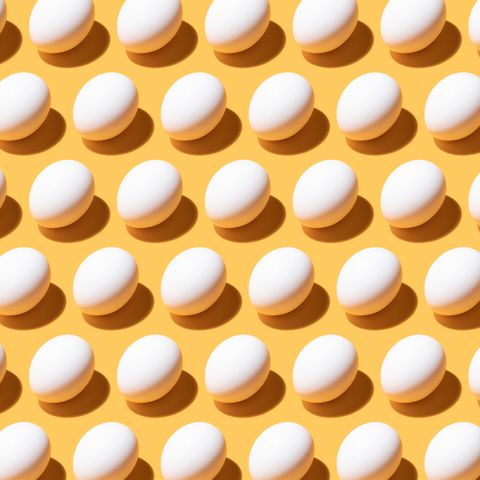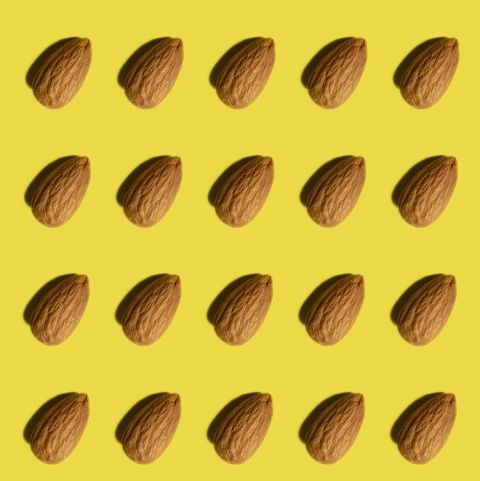You know that protein is an essential part of any balanced diet, but if you’re someone who likes to delve a bit deeper into health and wellness, you might have seen the phrases complete protein and incomplete protein thrown around—and thought, “huh?! Isn’t protein, well, protein?” The answer is yes and no.
Stefani Sassos, MS, RDN, CDN, Registered Dietitian for the Good Housekeeping Institute, is breaking down everything you need to know about complete versus incomplete protein.
What is the difference between complete and incomplete protein?
Protein in general is made up of lots of amino acids. Some are considered nonessential, meaning our body is able to produce them on its own if we don’t get enough through the protein-rich foods that we eat. But there are other amino acids that we can’t naturally produce —nine, to be exact. Simply put, complete proteins contain all nine of those essential amino acids that we must get through food. These essential amino acids are: histidine, isoleucine, leucine, lysine, methionine, phenyalinine, threonine, tryptophan and valine.
Like you’ve probably guessed by now, incomplete protein is protein sources that don’t contain those nine essential amino acids. These types of proteins are still important to consume, though, because “these types of proteins often have complementary amino acid profiles that your body needs,” says Sassos.
Which is better: complete or incomplete protein?
Neither, you need both types to keep your muscles strong and support good collagen production, and all of those amino acids that make up complete proteins and incomplete proteins do the heavy lifting. “Amino acids are the building blocks for growing and repairing our body’s tissues, as well as many other important functions that keep our body working properly,” says Sassos. “But you don’t need to worry about eating certain essential amino acids at every meal. Instead, focus on getting a balance of protein sources over the course of the day. Variety is key."
Examples of complete protein foods:
Examples of incomplete protein foods:
Many plant-based protein sources are considered incomplete protein, like:
- Beans
- Lentils
- Whole grains
- Nuts and seeds
How to get enough protein overall:
If you’re vegan, vegetarian, or pescatarian, prioritize complete plant-based proteins like quinoa and soy. If eggs, fish and cheese fit into your eating style, those are smart complete proteins to build into your meals as well. “Try rice and beans or whole wheat bread with peanut butter for a meal or snack that’s full of complementary proteins,” Sassos says.
You can also boost your intake with protein powders or shakes. Animal-based protein powders made from whey or casein contain complete proteins. But vegan powders are good choice for both plant-based and non-plant-based eaters alike — specifically, soy-based powders contain a blend of ingredients specifically chosen to help you reach the desired essential amino acid profile you should strive for in a day, Sassos says.
This content is created and maintained by a third party, and imported onto this page to help users provide their email addresses. You may be able to find more information about this and similar content at piano.io
"complete" - Google News
October 06, 2021 at 06:19AM
https://ift.tt/3a7H7FS
Complete vs. Incomplete Protein: Differences, Food Examples and Which Is Best - GoodHousekeeping.com
"complete" - Google News
https://ift.tt/2Fvz4Dj
https://ift.tt/2YsogAP
Bagikan Berita Ini

















0 Response to "Complete vs. Incomplete Protein: Differences, Food Examples and Which Is Best - GoodHousekeeping.com"
Post a Comment